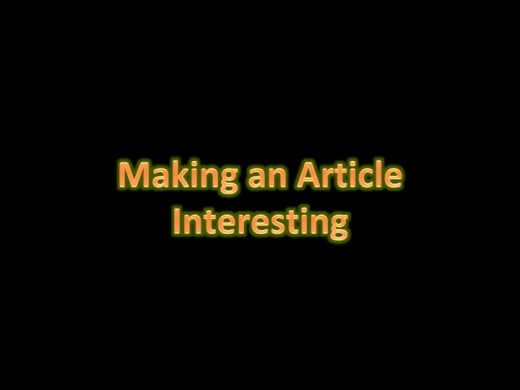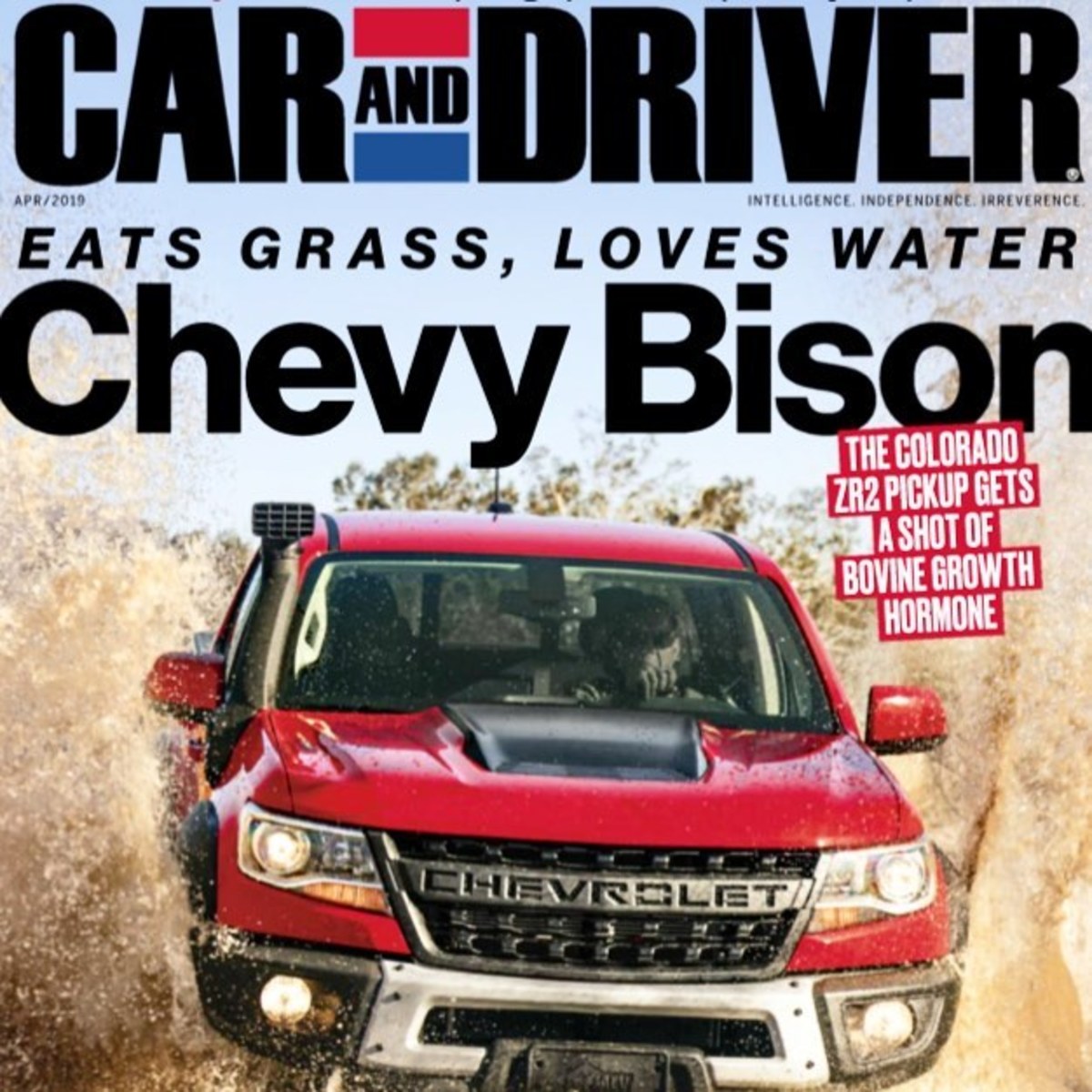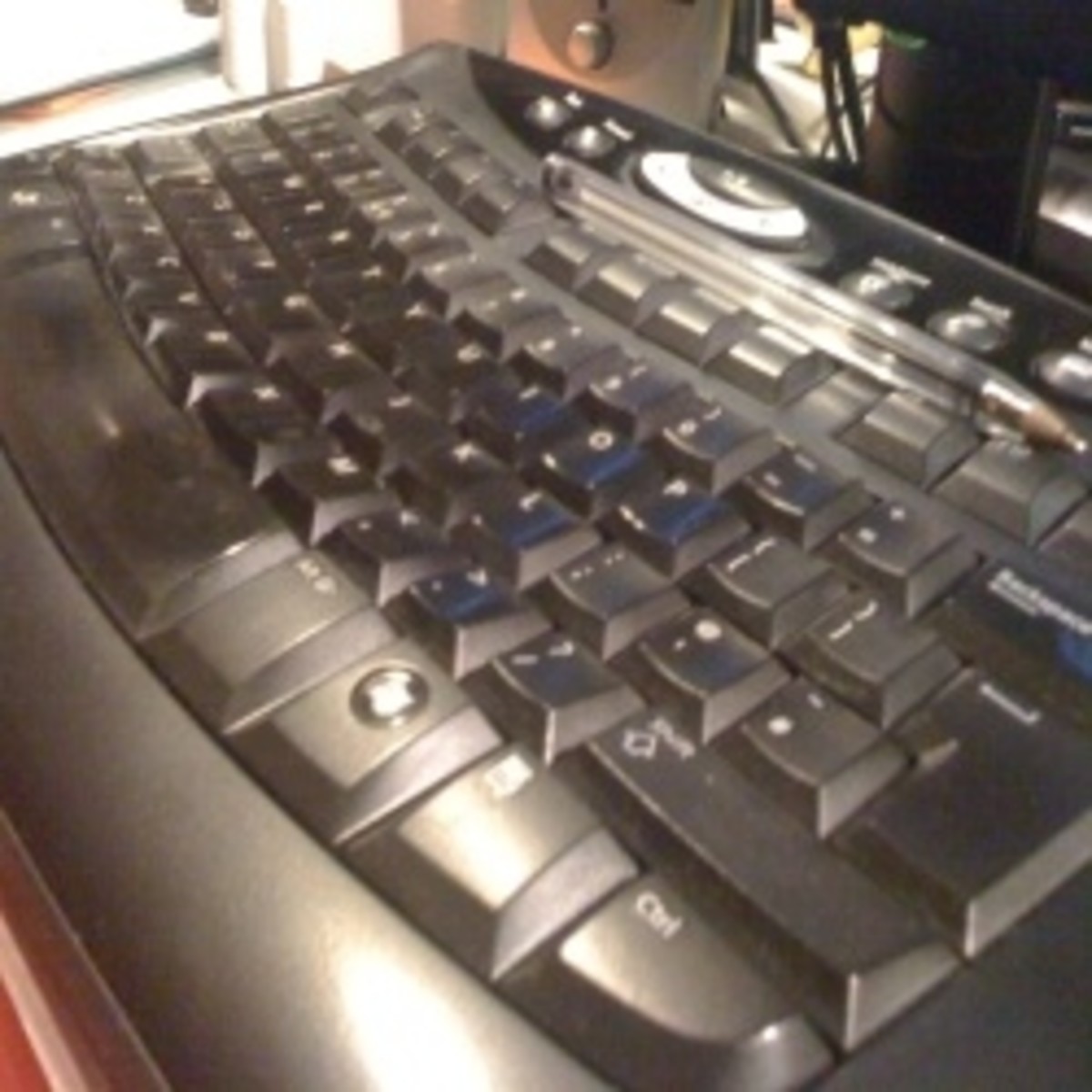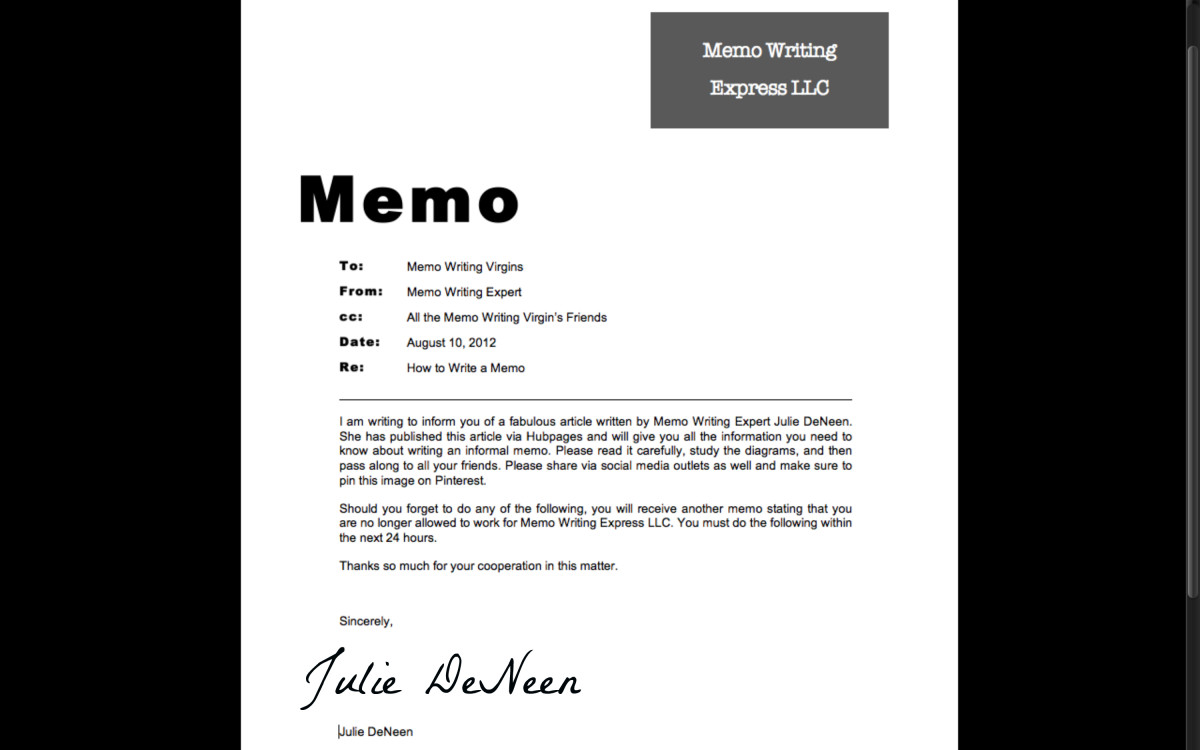How to Make an Article Interesting

Consider This Situation
Sam is a blogger and freelance writer. He is pretty prolific in terms of the content he produces. Writer’s block doesn’t affect him all that very often. He feels he is on the path of making writing his full-time occupation. He considers the fact that he will soon be his own boss. He will be in total control of his time and finances. He has a small problem though.
Most of the visitors to his blog don’t stay long enough to read through his articles. He wonders why.
Here’s the issue with Sam. His writing is boring. His articles start off unexcitingly and fizzle out soon after. They are not memorable. There is nothing unique about them. They don’t rank very high on Google Search.
Do you have the same problem as Sam? Do you feel you need to make your writing more colorful and memorable? You are at the right place because that is what this article deals with.

Do the following when you write, and your articles will be classy and interesting:
Write for Your Target Audience
Know what your target audience is. Use the kind of language that will appeal to it. Avoid technical words that don’t belong to the niche you are writing in. A little bit of research will certainly help in this regard.
Avoid technical words that don’t belong to the niche you are writing in.
Be a Storyteller
People prefer stories to dry, technical content. They like useful information, of course, but the way in which the information is presented matters. Think back to the time when you were in school. Who was your favorite teacher? Why were they your favorite teacher? Wasn’t it because they were sensitive to your needs as a student? Wasn’t it because they were interesting while teaching?
You are essentially a teacher to those who have come to your article in search of knowledge. Don’t drive them away by being boring. Telling a story is an excellent way to start your article. Like the rest of your article, keep your story as realistic as possible.

Use Stats Where Possible
Stats convey a sense of credibility. The usage of stats in an article conveys to the reader that the writer is well versed with the subject matter. Quoting the source of the figures mentioned is a must.
Keep Your Paragraphs Short
The last thing your article should be is one giant, ugly lump of text. Your readers should be able to internalize message you want to get across as quickly as possible. No one has the time to grapple with chunky paragraphs these days. Big paragraphs are tiresome. Remember, we live in an era when it is easier than ever to click away from a boring article and just find another result on Google.
We live in an era when it is easier than ever to click away from a boring article and just find another result on Google.
Don’t Beat About the Bush
Avoid fluff. People are smart these days. They can recognize when an article is filled with unnecessary words just to bolster the word count. Nobody likes to be cheated of his or her time with superfluous, fatuous words.
Get to the point as quickly as possible. If you are afraid of not being able to attain a certain word count, do some research to come up with a few more points.
Poll
Are you good at doing research?
Use a Natural and Familiar Tone (Don’t Be too Formal)
Online articles generally need to have a friendly and informal tone (not too informal). These articles are read either by those in search of simple answers to their search engine queries or those subscribed to your feed. Using complicated, archaic, unnecessarily technical words makes the reader’s experience difficult. On the other hand, using the second person makes it seem that you are actually addressing him or her and that your article is a genuine attempt to answer to his or her search query.
Using complicated, archaic, unnecessarily technical words makes the reader’s experience difficult.
Use an FAQ Format to Get Your Point Across Quicker
If you feel stuck at any point while writing your article, consider using an FAQ format (with an introduction and conclusion added). This will make both your and the reader’s experience a whole lot easier. Converting your research points to an FAQ is easier than converting them into paragraphs because paragraph usage usually requires a lot of thought on transitioning from one point to another and from one paragraph to the next one. This is difficult if you aren’t in a state of flow.
Be Yourself
Authenticity and self-assurance are important to a writer. Just as in real life, in the online world people identify with those who are down to earth. Boasting is a big no-no. If you are comfortable in your ability as a writer, it will show in your article.

Use Loads of Pictures
Someone once wisely said that a picture is worth a thousand words. Words speak to us by the use of alphabets. Pictures generate an awareness in our minds that stays long after the fact.
Pictures generate an awareness in our minds that stays long after the fact.
Within an article, pictures can be used to break up the monotony of words. Keep in mind, however, that too many pictures can be distracting.
Use Videos, Polls, Tables, and Charts When Possible
Gone are the days when articles where filled only with textual content. Nowadays, many of the articles that stand out are filled with a video, a chart or two, a poll, and maybe a table. These elements, like pictures, serve to break the monotony of text. Like with pictures, use these elements only in so far as they add value to an article.
Gone are the days when articles where filled only with textual content.
Pay Attention to Formatting
Finally, around the time when you are about to submit your article, take a look at the way in which it’s been formatted. Observe if all the extra-textual elements used in it are actually needed. Read through if the flow makes sense. Check if any paragraph is too big or if there is any technical jargon or fluff words that can be got rid of.
Now hit the “Publish” button.

Last Word
This article is not exhaustive. If you know other ways to jazz up an article, do mention them in the comments section.
© 2017 Rohan Rinaldo Felix








